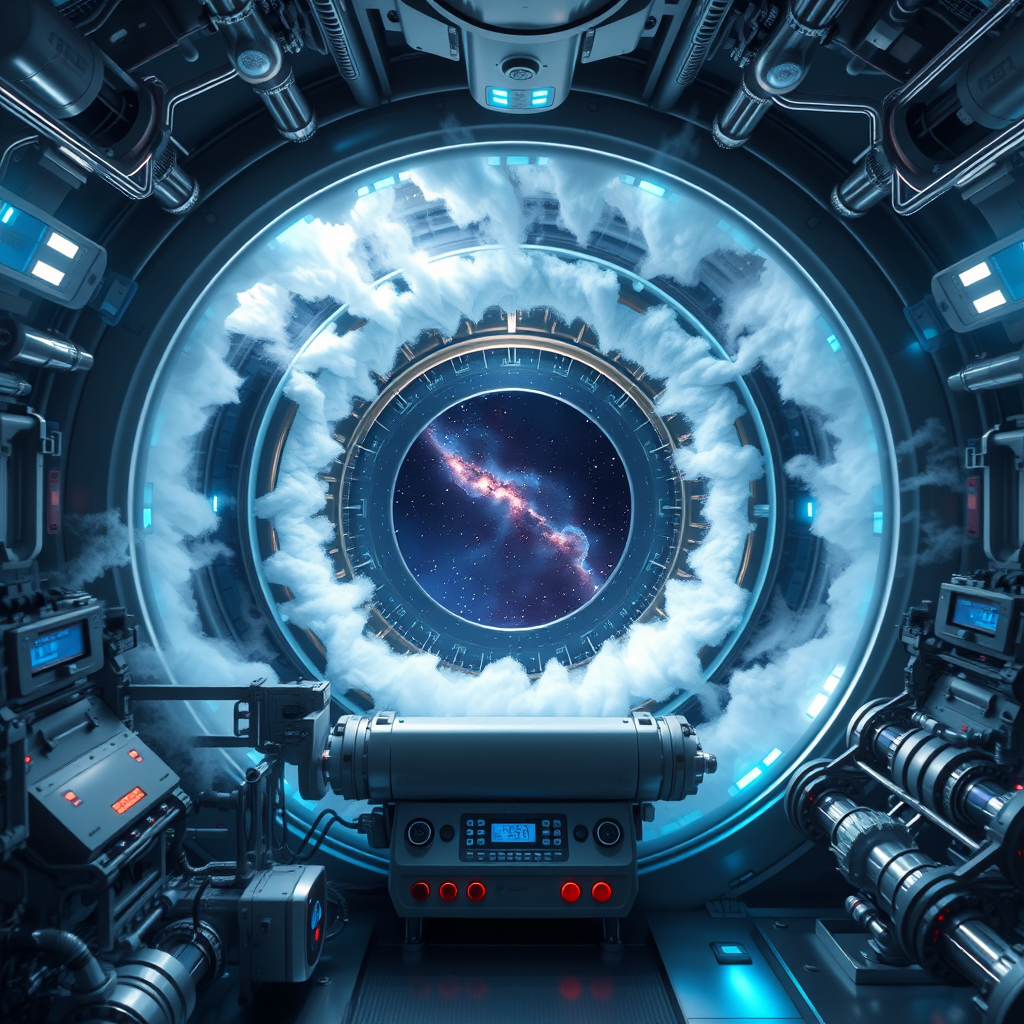Did you know that the Large Hadron Collider at CERN relies on about 96 tonnes of liquid helium to keep its superconducting magnets at an astonishingly cold temperature of just 1.9 Kelvin? That’s colder than outer space, which clocks in at around 2.7 Kelvin 🌌. This extreme chill is crucial because it allows the magnets to conduct electricity without resistance, enabling proton beams to accelerate to 99.9999991% of the speed of light. At such incredible velocities, Einstein’s theory of relativity becomes palpable—time dilation causes a clock riding along with the protons to slip about 50 nanoseconds per day compared to a stationary clock. The science of ultra-cold temperatures isn’t just about keeping things chilly—it’s about unlocking the mysteries of our universe and pushing the boundaries of what’s possible in particle physics. From understanding the origins of mass to exploring the tiniest particles, the LHC’s cryogenic marvels are behind some of the most groundbreaking discoveries in modern science. Think of it as a frosty venture into the fabric of reality, revealing the universe’s most elusive secrets in the realm of the very small and very fast. ❄️✨
#CERN #Physics #STEM #ParticlePhysics #Innovation #Science


